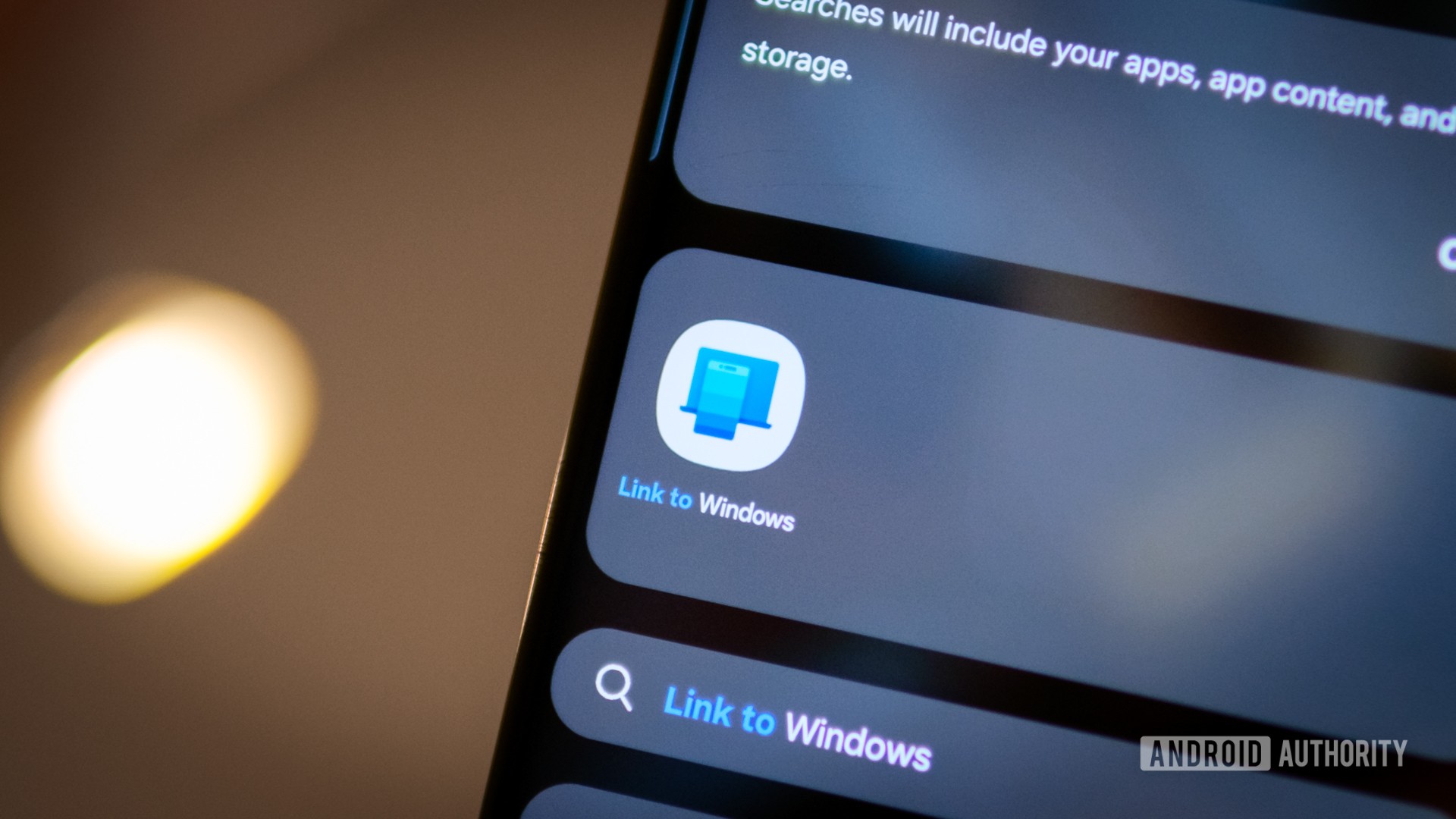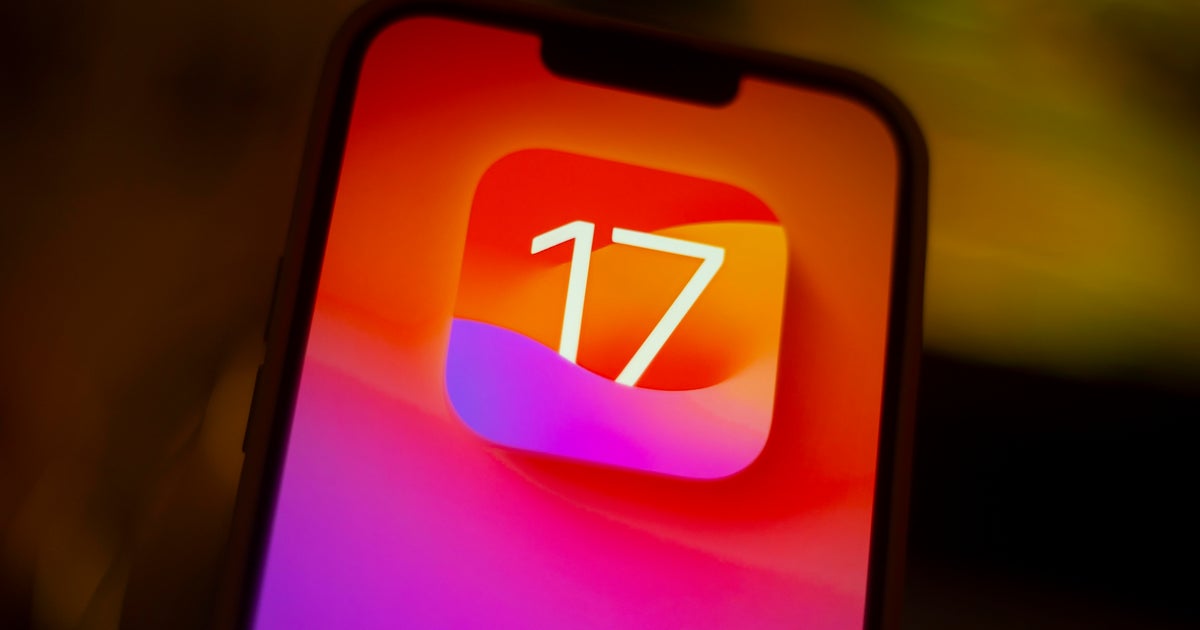According to the World Health Organization, approximately 1.3 billion people worldwide have some sort of physical or mental disability. Governments and businesses around the globe have put great effort into making public places convenient and accessible for people with disabilities. When it comes to mobile applications, however, the lack of accessibility is still a problem.
In this article, a mobile application developer from Itransition explores accessibility in digital products and shares practical tips on ensuring the availability of mobile applications to all users.
What Is Accessibility in Mobile Applications?
Mobile application accessibility means making mobile software functionality easy to use for everyone, regardless of their level of ability. Although there are no separate standards for mobile accessibility, its main principles are covered by Web Content Accessibility Guidelines (WCAG) published by the Web Accessibility Initiative (WAI) of the World Wide Web Consortium (W3C). The guidelines for accessibility rest upon four main principles, requiring mobile application content to be all of the following:
4 Principles of Mobile App Accessibility
- Perceivable. Information and UI components should be presented to users in an easy-to-perceive way.
- Operable. UI elements and content should be easy for users to navigate.
- Understandable. The content should be intelligible and readable, and the application should function predictably.
- Robust. The app content should be easily interpretable by various users and assistive technologies.
When developing mobile applications, companies sometimes neglect the necessity of accessibility or pay little attention to accessibility features, focusing primarily on the application’s main functionality. By launching an application that’s inaccessible to individuals with disabilities, however, companies not only damage their reputations but also cost themselves a large share of the market. Worse, they risk accusations of discrimination.
How to Ensure Your Mobile App’s Accessibility
Ensuring app accessibility rests on a few key pillars.
4 Ways to Make Accessible Mobile Apps
- Optimize app content, including text, media, and layouts.
- Make data entry easy.
- Ensure smooth navigation.
- Perform rigorous accessibility testing.
Optimize app content
Application content includes the layout of text, images, and video data. Some of your users may have visual or hearing impairments, dyslexia, color blindness, or other issues that interfere with perception. So, optimizing the content will allow every user, regardless of their level of ability, to make the most of your mobile app.
Text Content
We don’t recommend using colors as the sole differentiator between critical text elements, e.g., normal text versus text that indicates an action. A person with colorblindness won’t be able to find a hyperlink highlighted with a different color, but they can find an underlined text that indicates a hyperlink.
In addition, the color contrast of all the text should be at least 4.5:1 to make it easily recognizable against the background color.
Media Content
Subtitles are a great way to describe what’s happening in a video or audio recording, so make sure to provide captions for all prerecorded or live audio and video content. Adding captions simultaneously benefits people with hearing difficulties and anyone who can’t use headphones at the moment. Additionally, incorporating an HLS player can enhance accessibility by allowing users to adjust video playback settings, including captions and subtitles, to better suit their specific needs and preferences.
Layouts
Maintain the consistency of your application’s layouts throughout all screens and make sure its content is presented on various screens without loss. This recommendation applies specifically to repeated content, like navigation bars, controls, or search buttons. Ensuring that repetitive elements consistently appear in the same sequence on every tab helps users feel comfortable that they can predict the location of items on each page and benefits users with cognitive or visual impairments.
Make data entry easy
Almost every mobile application requires filling in some personal information. Although this doesn’t pose a problem for many people, it can be difficult for people with visual or mobility impairments. To simplify the data entry process, you can label your app fields so that a mobile operating system can easily recognize them and suggest auto-filling options.
Additionally, naming password fields “Password” and login fields “Login” ensures that assistive technologies like Android TalkBack or iOS VoiceOver can easily recognize them.
Ensure smooth navigation
Users interact with your mobile application through their screens. They tap, double-tap, scroll and pinch, which can cause difficulties for people with impaired vision or physical disabilities. We advise you to make your app buttons large enough for users to easily tap and with contrasting colors to make them easy to distinguish. For instance, Apple puts the recommended minimum target size of icons and controls at 44 pixels wide and 44 pixels tall. For Android apps, the icon size starts at 48 pixels.
Perform rigorous accessibility testing
A combination of manual and automated testing is the best way to ensure that your mobile application is built according to Android or Apple mobile accessibility guidelines. Modern automated testing tools will help you validate uncomplicated features and speed up the whole development process. Likewise, manual testing on real devices before major releases will help you ensure your application’s critical functions are fully accessible.
Think Accessibility
In a world with increasing digital interactions, mobile applications serve as gateways to information, services, and opportunities. Access to technologically inclusive applications is crucial for people with disabilities, while some inclusive features like subtitles can be useful for the rest of your audience. Thus, by following WCAG guidelines and prioritizing accessibility in mobile app development, you can not only create a more inclusive solution but also drive innovation, expand your market share, and, ultimately, contribute to the world where technology empowers everyone, regardless of their abilities.










